Agaricus campestris: the wild mushroom
2 years ago · Updated 6 months ago
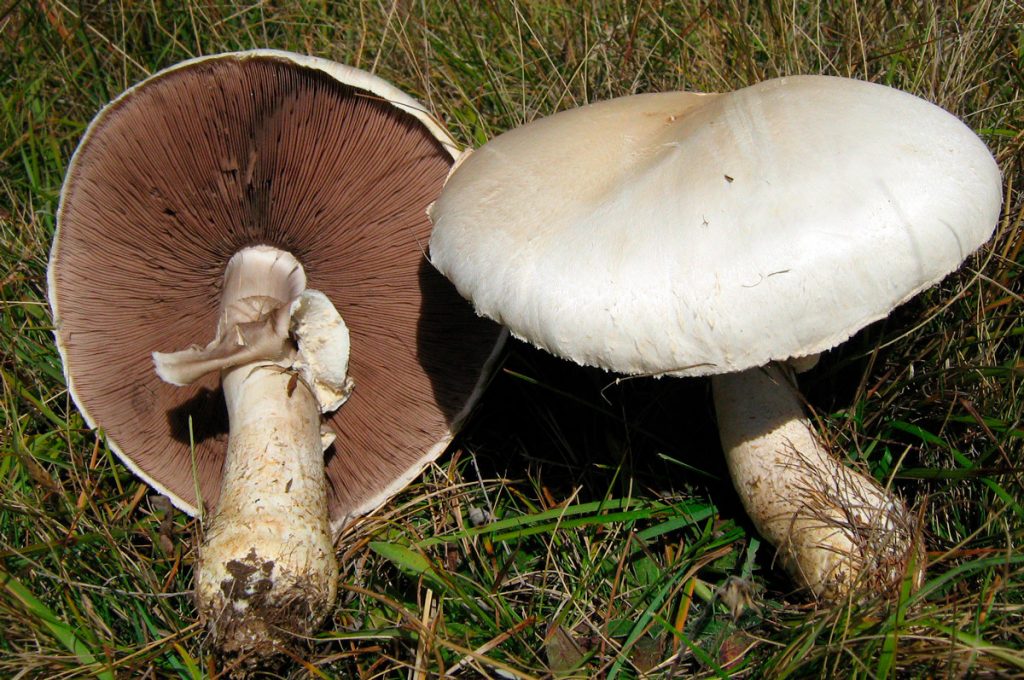
One of the most sought-after wild mushrooms for mushroom pickers
Agaricus campestris is a widely known, high-quality edible mushroom. Its distinctive appearance, habitat in meadows and forest clearings, season of appearance and use in cooking make it a popular species among mushroom pickers.
However, precautions must be taken when harvesting to avoid confusion with poisonous wild mushroom species and ensure correct identification.
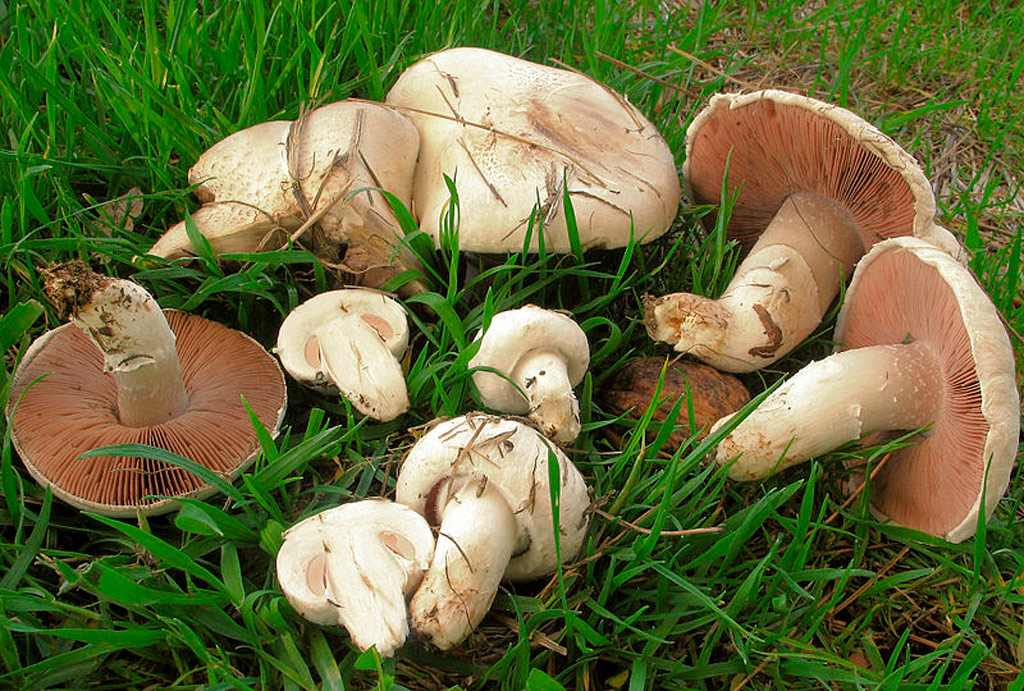
A. campestris, one of the most common wild mushrooms
This is a high-quality edible mushroom, and its pleasant taste makes it a popular ingredient in cooking. This mushroom is characterized by its growth in meadows and forest clearings, where its white color stands out against the green of the grass.
It is often found in circles or rings, where the grass grows more luxuriantly. Unlike other similar species, Agaricus campestris has no spots on the cap, making it easy to recognize.
Characteristics of Agaricus campestris
When it comes to identifying Agaricus campestris, it's important to observe its morphological characteristics.
Agaricus campestris cap:
The cap of this mushroom has a diameter of 5 to 10 centimeters and is generally convex when young, but flattens as it matures. Its color ranges from pure white to light cream. The surface of the cap may have small scales that are easily detached.
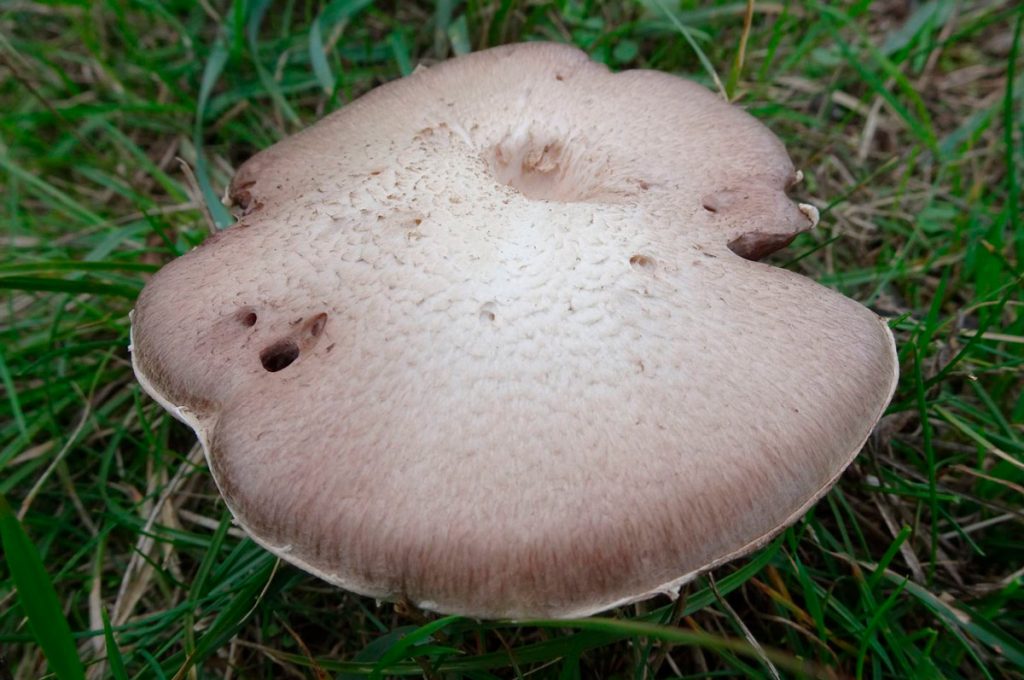
Blades of the Wild Mushroom, A. campestre
are tightly packed and light pink in their early stages, but later turn brown due to the release of spores. The foot is cylindrical, usually the same color as the cap, and has a white ring at the top. In addition, it's important to mention that the base of the foot widens and burrows slightly into the soil.
Smell of A. campestris or wild mushroom:
A distinctive feature of Agaricus campestris is its pleasant smell and mild flavor. When cut or handled, the mushroom gives off an odor resembling aniseed or almonds. However, it's essential to bear in mind that identifying mushrooms can be complicated, and it's advisable to seek expert help or consult specialist guides.
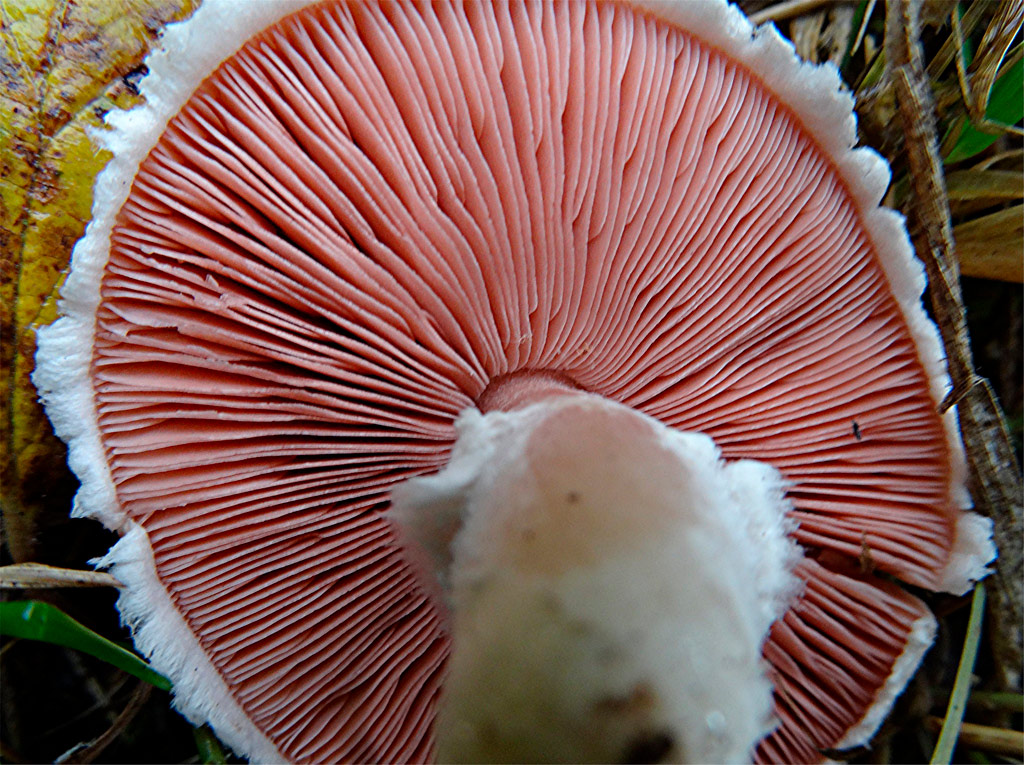
Agaricus campestris. Where does it grow?
The natural habitat of Agaricus campestris includes meadows, clearings and pastures fertilized by livestock. It can also be found in gardens and areas cultivated with nitrogen fertilizers, although it is recommended to avoid picking specimens from these areas due to the possible absorption of toxins and heavy metals.
When can you find wild mushrooms?
The season for the appearance of Agaricus campestris extends from spring to autumn, being most frequent in April, May and possibly with a second flush in late summer and autumn. During this period, it is possible to find this fungus in large quantities, forming circles or numerous groups.
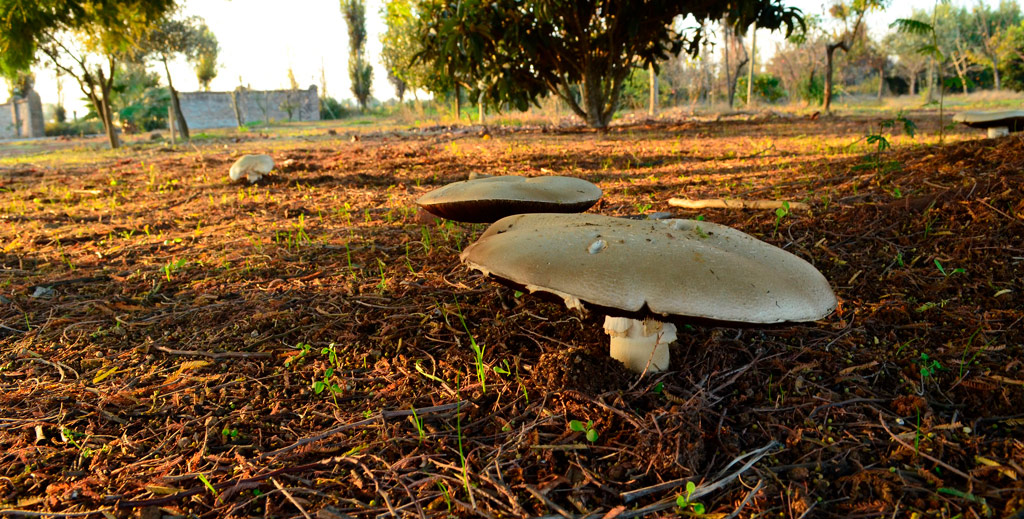
Cultivation of Agaricus campestris, wild mushrooms
This species is not one of the cultivated species, but other mushroom species such as the button mushroom (Agaricus bisporus) and the portobello mushroom (Agaricus brunnescen) are. We've already talked about how mushrooms can be grown on the blog. You can try starting from scratch, but it's much easier to grow mushroom alpaca. In our online mushroom growing shop you'll find products for growing mushrooms (alpacas, mycelium and growing kits).
Agaricus campestris in the kitchen
As far as its use in cooking is concerned, Agaricus campestris is excellent when found in its young stage. It can be cooked in a variety of ways, including eating it raw in salads or as a garnish in omelettes and stews. However, it's important to avoid eating adult specimens with dark lamellae, as their gastronomic quality is poor and they can cause digestive problems in sensitive stomachs.
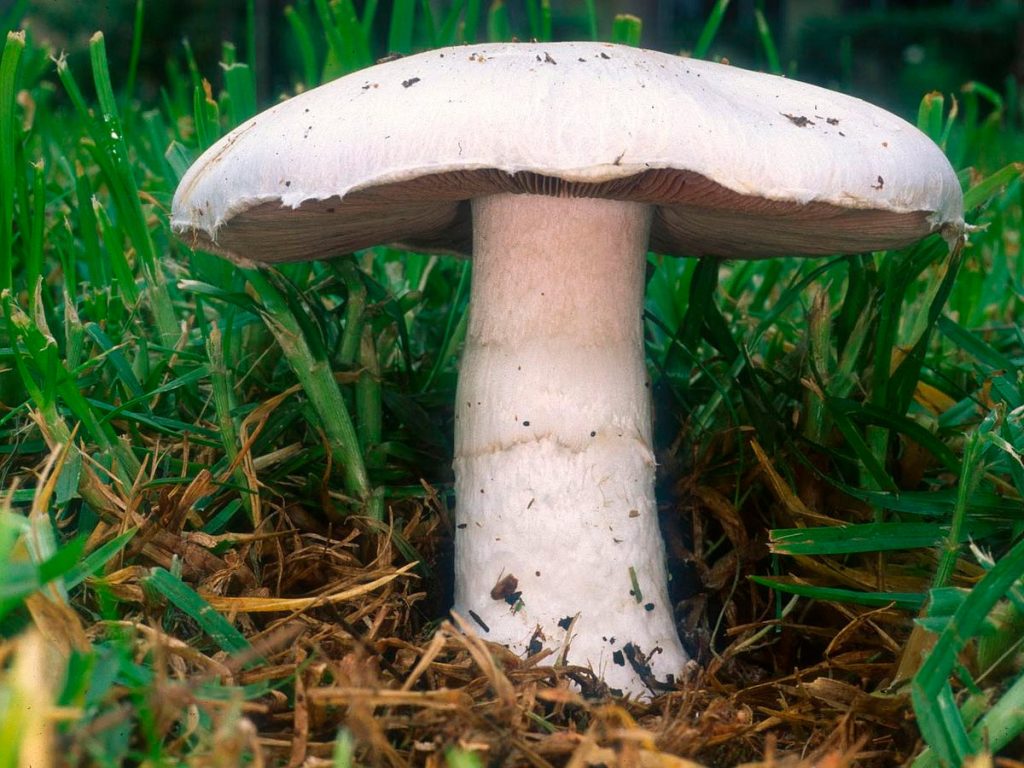
In nutritional terms, Agaricus campestris is low in calories and a good source of protein, fiber, vitamins and minerals. What's more, it contains bioactive compounds such as polysaccharides and antioxidants, which have been associated with anti-cancer, anti-inflammatory and immune-boosting properties.
Confusions of Agaricus campestris with other poisonous wild mushrooms
Agaricus campestre is a widely known, high-quality edible mushroom. Its distinctive appearance, habitat in meadows and forest clearings, season of appearance and use in cooking make it a popular species among mushroom pickers. However, precautions must be taken when harvesting it to avoid confusion with poisonous species of poisonous wild mushrooms, and ensure its correct identification.
Caution with amanitas and other poisonous wild mushrooms
It's important to take precautions when picking Agaricus campestris and avoid confusion with other mushroom species. It should not be confused with the deadly white Amanites, such as Amanita verna and Amanita virosa, which are distinguished by their white lamellae and characteristic volva.
It's also important to differentiate it from Agaricus arvensis, which is edible but has an aniseed-like odor, and Agaricus xanthodermus, which is poisonous and can be recognized by its unpleasant odor and flavor, as well as the change in color to yellow when damaged, particularly at the base of the foot.
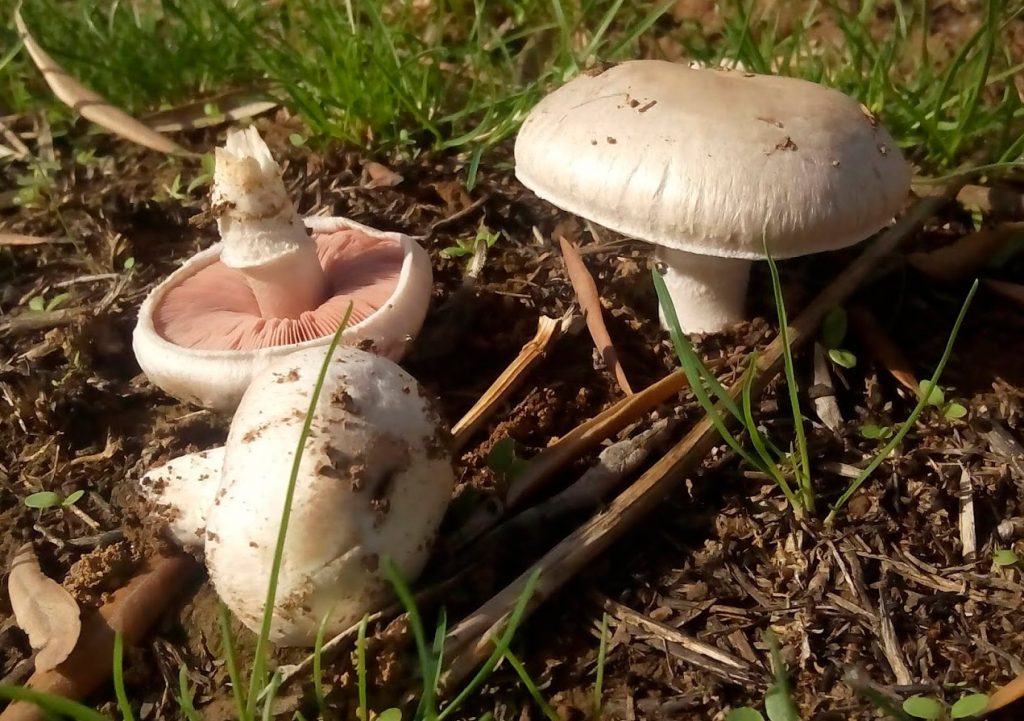
How are wild mushrooms picked?
To pick Agaricus campestris safely, it's important to follow a few guidelines. First of all, make sure you pick young specimens with all the appropriate characteristics for identification. Avoid picking mushrooms that are damaged, over-ripe or do not correspond to the characteristics described.
In addition, it's essential to harvest mushrooms with care, cutting them close to the ground with a sharp knife or a special mushroom knife with a curved blade, to avoid damaging the mycelium and allow the species to reproduce. It's also important to pick only as much as you need, and to leave a few specimens to keep the mushroom population stable.
Don't forget that it's always advisable to consult mycology experts or join mushroom-picking groups for proper advice and to ensure that you pick safely and responsibly. Enjoying mushroom picking and consumption is a rewarding experience, but we must always consider safety and ecosystem preservation.
See you on the mountain!

Te pueden interesar